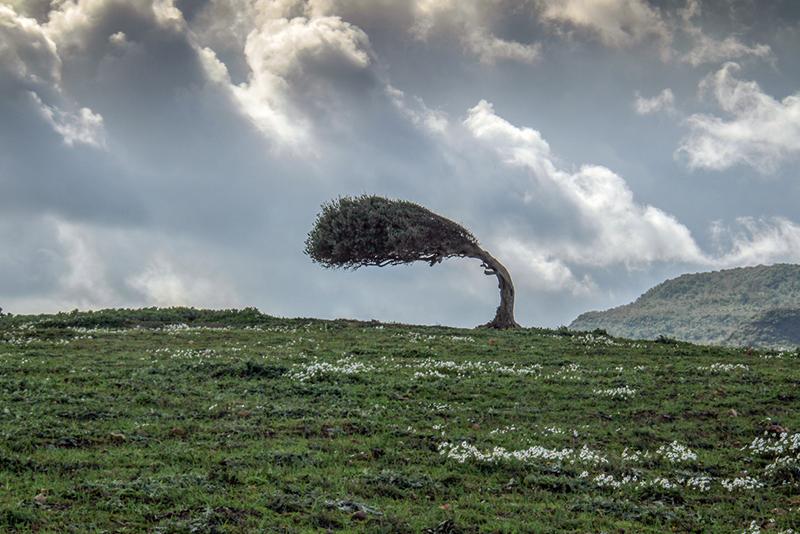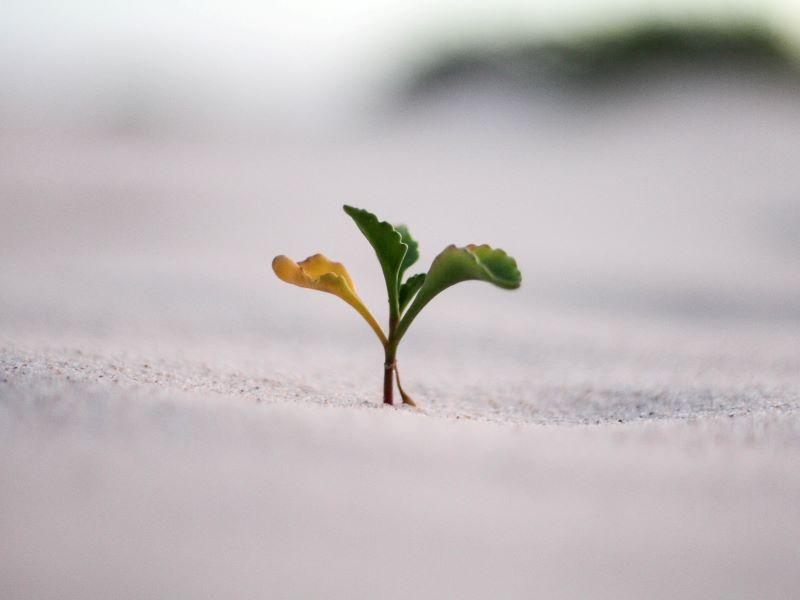
‘Resilience is grit amid uncertainty’
In this extract from ‘The Resilient University’, Freeman Hrabowski and co-authors offer the resources and mindset that higher education institutions need to develop to sustain themselves through challenges and crises

You may also like
Popular resources
Every campus has a story. The narratives we use reveal what our culture embodies and who we are. We evolve over time and so do our narratives to better capture our thinking. We used to say at University of Maryland, Baltimore County (UMBC): “It is cool to be smart.” We wanted our community members and our public to know that we were not just intelligent but proud to be “nerdy”. Over time, we grew concerned about the focus on “being smart” because being smart is often perceived as a fixed state: people often think either you are smart or you are not. We replaced this notion with a focus on “high expectations” and “grit”.
With this subtle change, we make it clear that, with high expectations, hard work and appropriate support, any student at UMBC can succeed. Since the 1990s, long before Angela Duckworth’s book Grit focused our attention on passion and perseverance, we talked about the need for grit. (In fact, our original mascot at UMBC in 1987 was a Chesapeake Bay retriever called True Grit, a statue of whom is located in front of our administration building.) With this change from “being smart” to “having grit”, we were signalling that we encouraged passion and hard work and were shifting from a “fixed mindset” to what Carol Dweck and others would later call a “growth mindset”.
- THE podcast: what Freeman Hrabowski wants you to know about inclusivity
- Adaptability is different from resilience – and here’s how to nurture it
- Resilience and empowerment: reframing the narrative for first-gen students
The idea of grit applies not just to our students but to all members of our campus community. This grit is “perseverance of effort combined with the passion for a particular long-term goal”. This notion has been central to our success, as we have grown from a new campus in the Baltimore area in the 1960s into the research university we are today with partnerships across the Baltimore-Washington region, the nation and the globe.
In an April 2020 interview with The Chronicle of Higher Education, Leon Botstein, president of Bard College, likened planning for fall 2020 amid the Covid-19 pandemic to “driving a car in a thick fog. You go very slowly.” In a December 2021 interview with Harvard Magazine, Lawrence Bacow, then president of Harvard, said: “My crystal ball is no better than yours,” and “All plans are subject to change.” These quotes remind us of a notion with the somewhat whimsical name of “coddiwomple”, which means to travel purposefully towards a vague or an as-yet-unknown destination. Although hikers in England coined this slang term to describe wandering in the hills, it nonetheless conveys the sort of grit and resilience that we, and others in higher education institutions, have used to navigate the Covid-19 pandemic. We moved slowly, but deliberately and purposefully, through a dense fog towards an unknown destination, getting up again each time we were knocked down. This is grit amid uncertainty. This is resilience.
When we looked back at 2020 and the combination of a Covid-19 pandemic, economic recession, racial unrest and political division, the first metaphor that came to mind was “the perfect storm”. This much-used metaphor seemed to fit. Yet, when we took a second look at what we went through, we realised that it did not fully capture the situation. When a storm hits, even a perfect one, you hunker down and wait it out until life returns to normal. If the power is out, you wait until the lights come back on, breathe a sigh of relief and go back to what you were doing.
Since early 2020, however, we in US higher education have not been in one passing storm but an unending series of intense storms, and we are not going back to what we were doing before. The storms have changed us – our campuses, business operations and work. A more apt metaphor for what we are going through might be that of “climate change”. As with global warming, our environment has changed. We are addressing both the causes and effects of this change. We are reacting and adapting, but also working to shape proactively the future we will live in, even if that world is “an as-yet-unknown destination”.
We vividly recall the shock and fear that we all felt in 2020. We faced a deadly pandemic, political chaos that only increased uncertainty and undermined an effective response, and a looming financial disaster. At one point, our vice-president for administration and finance described our budget situation, as we were closing dorms and facilities, reimbursing fees and receiving word from the state that their revenues were eroding. She said we could see a budget shortfall of as much as $80 million (£69 million) out of an overall annual budget of about $500 million.
Our serious situation required a community response. We acknowledged that we not only had to respond to the health threat posed by Covid-19 but also had a serious budget problem. We reminded ourselves that we had found our way through hard times before and that we would get through this as well. We had to keep hope alive, work on encouraging positive attitudes and think calmly and carefully about our strategies as we “drove through a thick fog” of uncertainty. Eventually we found our way through the budget nightmare with a combination of short-term choices, drawdowns from our reserves and federal stimulus funding. We did not lay off any staff and sustained our academic programme.
The voyage through uncertainty and crisis requires resilience, courage, purpose and optimism. Resilience is critical and has three dimensions:
- Institutional resilience involves creating an organisational structure and the human, financial and digital resources that sustain the institution both during normal operations and during a crisis or challenging operational environment.
- Community resilience involves cultivating other key resources – including shared values, a sense of community, mutual trust, grit and optimism – necessary to sustain ourselves during challenging or uncertain times.
- Personal resilience is built on hope, purpose, strong relationships and a sense of physical and emotional security.
All these are much more effective if built over time, ideally when we are not in the midst of crisis so that we can be ready when we are.
Freeman A. Hrabowski is president emeritus of the University of Maryland Baltimore County (UMBC), where he served as president from 1992 to 2022. Peter H. Henderson is senior policy adviser to the president at the University of Maryland, Baltimore. He previously served as senior adviser to the president at UMBC and director of the board on higher education and workforce at the National Academies of Sciences, Engineering, and Medicine. Lynne C. Schaefer was vice-president for administration and finance at UMBC and is the past president of the National Association of College and University Business Officers. Philip J. Rous is provost, senior vice-president for academic affairs and a professor of physics at UMBC.
This is an edited extract from The Resilient University: How Purpose and Inclusion Drive Student Success by Freeman A. Hrabowski III, with Peter H. Henderson, Lynne C. Schaefer and Philip J. Rous (Johns Hopkins University Press, 2024).
If you would like advice and insight from academics and university staff delivered direct to your inbox each week, sign up for the Campus newsletter.



Comments (0)
or in order to add a comment